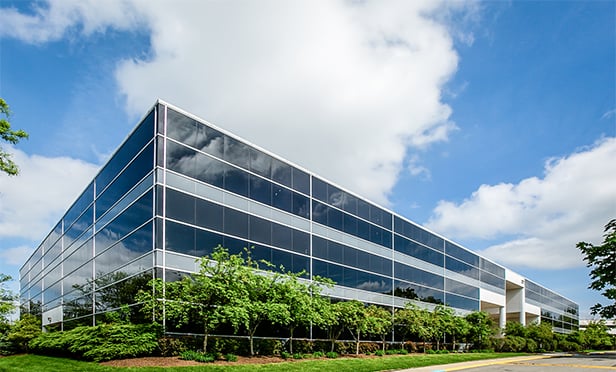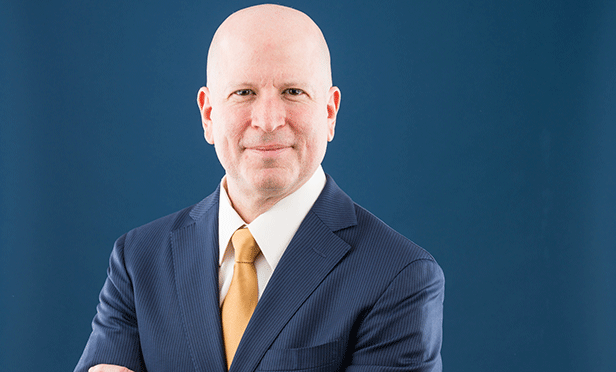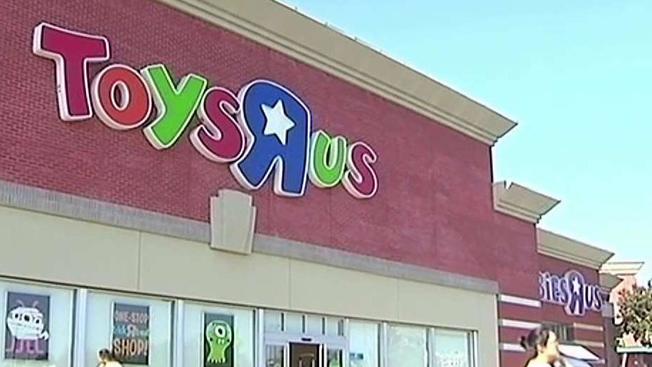LOS ANGELES—BH Properties racked in $120 million in acquisitions in 2Q15, marking a record quarter for the value-add investment company. During the quarter, it added 2.97 million square feet to its nationwide portfolio. The purchases were in nine states, Arizona, California, Colorado, Georgia, Iowa, Maine, Tennessee, Texas and Utah. The firm's success shows that, while we have clearly hit peak market conditions, there are still significant value-add opportunities out there. To gain perspective on the evolving value-add market, learn how the company is staying competitive and how it sees the remainder of the year unfolding, we sat down for an exclusive interview with BH Properties president Steve Gozini. Here, he tells us about the value-add market and how the firm's investment strategy is designed to keep up with competition.
GlobeSt.com: You closed $120 million in acquisitions in the second quarter. Where are you at in terms of your goals for the years, and how do you expect this quarter to stack up against your acquisition volume in 3Q15 and 4Q15?
Steve Gozini: Closing $120 million in acquisitions in one quarter is a record for our company. We would like to keep that momentum going and close another $120 million in acquisitions by the end of the year. Our plan includes selling some assets using the1031 exchange process. In addition, we have plenty of capacity on our lines of credit and cash balance to be able to move quickly, so we anticipate meeting this goal given we are able to provide sellers certainty of performance.
GlobeSt.com: With activity up across sectors, how has the value-add market changed?
Gozini: I would say that there is not only increased competition but also a lack of supply. The opportunity for distressed assets is not as prevalent as it was the last few years. We are seeing a lot of stabilized properties being marketed as “value add” because their rent is 10% below market, or there is significant pending lease rollover. While we always prefer to buy vacancy, we will consider properties that have average market rents significantly below current market or historical highs.
GlobeSt.com: How has your investment strategy evolved due to increased competition?
Gozini: BH Properties buys office, industrial, retail, multi-family, and notes, so we have the ability to be flexible as markets evolve. Many of the deals that we've done recently we've had to move very quickly. In the second quarter we had over $40 million in transactions close within 10 days of being awarded the deal. Speed is often times what separates us from other buyers, so it certainly helps having offices in Los Angeles, Phoenix, Salt Lake City and Dallas. Being able to get someone on the ground to view a property within 24 hours can be the difference between getting a deal done and losing it.
We also do a lot of diligence up front, and do whatever we can to be a very “seller friendly buyer.” That can mean a non-refundable deposit, a quick closing, or flexible schedule to work around the seller's needs. We do whatever we have to do to get the deal done.
GlobeSt.com: Your portfolio ranges across sectors. Aside from property type, what characteristics do you look for in an investment property?
Gozini: Our acquisitions criterion generally focuses on price per square foot and low leverage. As a company our debt structure is pretty conservative, so we're willing to take on risk at the asset level. For example, the RS Legacy (former RadioShack) assets consisted of more than 1.8 million square feet of vacancy. Since our overall portfolio is not highly leveraged, we're capable of taking on that much risk at one time. We also spend a lot of time looking at cycles. We try to avoid properties that are trading near or above their peak pricing historically.
GlobeSt.com: You are still hoping to add another 1.5 million square feet of retail, industrial and office this year. What is you interest in these specific property types?
Gozini: The company's goal is to make money, regardless of the asset class. That sounds simplistic, but when we stick to our formula it crosses across various asset classes nicely. Right now, because of an abundance of capital and cheap debt, the multi-family market seems a little over heated to us. We still see some opportunities for growth in the office and industrial asset classes in certain markets, and there are some retail opportunities but they need to be underwritten very carefully. We try to be somewhat contrarian to the market, so if everyone is chasing one asset class, we will typically look in a different direction.
© Touchpoint Markets, All Rights Reserved. Request academic re-use from www.copyright.com. All other uses, submit a request to [email protected]. For more inforrmation visit Asset & Logo Licensing.






